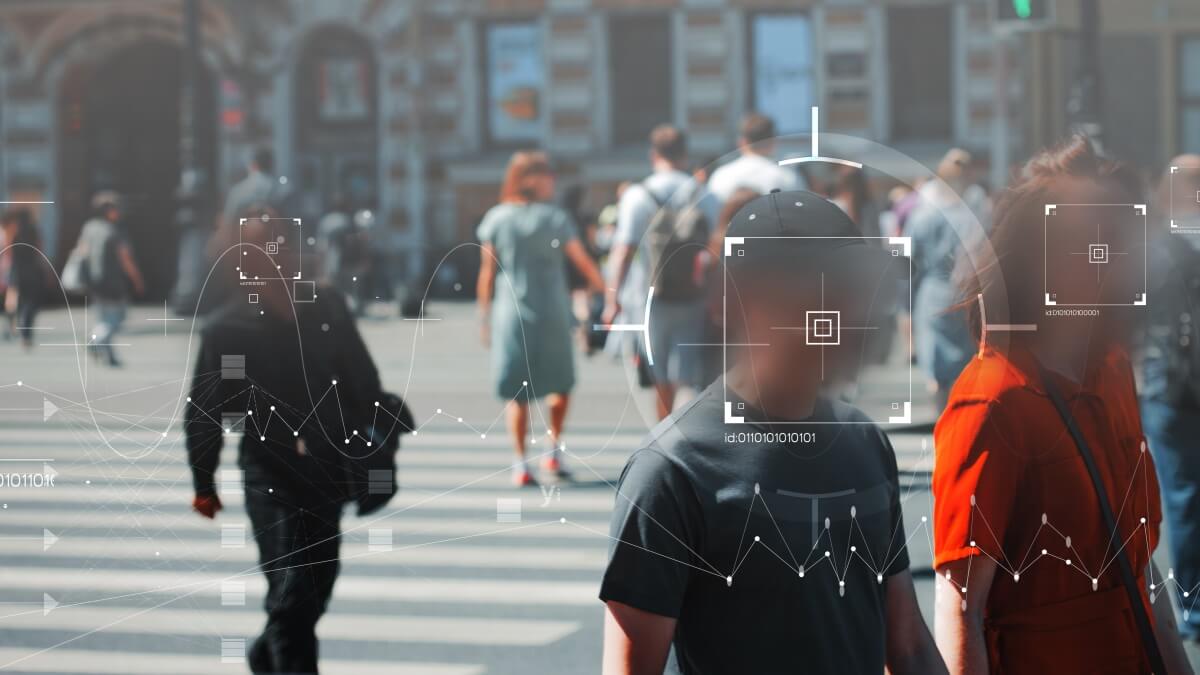Hands down, Edge Computer Vision (CV) delivers significant advantages over the cloud.
From lower costs to improved latency, security, battery life, and integration between even the tiniest devices, Edge computing comes out on top every time.
But its overwhelming benefit also exposes a vulnerability. At the Edge, devices are decentralized.
Just think about that for a minute. How on earth do you scale trillions of Edge AI computer vision devices to make sure they’re getting smarter? How are you going to get velocity that’s not there today? And who’s going to build the platform and tools to do that?
That’s the elephant in the room. How to massively scale Edge devices? It’s not a problem that’s been thought of yet, but it’s coming, and it’s coming fast.
Introducing the CVOps Category
We’ve thought deeply about the velocity required to go from IoT to AI IoT and how the pace of iteration will need to accelerate. This is the intersection of DevOps and AI IoT, a new category, and the future for Edge computer vision devices.
We’ve called the category CVOps to describe the enterprise business process, job role, and enabling tools for delivering Computer Vision in production at scale.
Computer Vision works best when focused on a specific task and optimized in a particular context. Cameras that look out your front door (at your porch and driveway) are doing a different job to the camera looking down on your backyard from the roofline. Both watch for people to keep you safe, but these are very different tasks in the world of AI.
CVOps is a category for the enterprise software process to deliver the right Computer Vision to the right camera at the right time. A reliable, accurate CV system needs to collect data over time (to deal with factors like “Data Drift” and “Model Drift”) and to deliver software updates that adapt to the changing realities of our physical world.
The CVOps category is best enabled by specialty software that securely and reliably manages the “learning loop” of data collection, AI updates, deployment, and monitoring.
CVOps made Orchestrait possible
To solve the challenges faced within the new CVOps category, Xailient has built the AI management platform Orchestrait to manage your own AI strategy.
We’re thinking far ahead, and we know how hard it is to scale Edge Computer Vision. It’s a lot harder than you think, and it’s not being done.
This is where Orchestrait shines. It’s a self-serve platform to make cameras smarter and give you the tools to continue to make them smarter.
Best of all, Orchestrait is a platform technology model rather than a license model where you create and manage your IP instead of getting someone to do it for you. This is a groundbreaking option that, until now, hasn’t even existed.
With Orchestrait, you can create and own your custom AI and take control of your own AI destiny.
It’s complicated, but we’ve made it simple to think, “it makes no sense to reinvent the wheel.”
What does CVOps mean for your Computer Vision AI strategy?
- Scaling Computer Vision cost-effectively requires a CVOps strategy.
- Maintaining customer satisfaction over time requires a CVOps strategy (due to Drift and evolving customer expectations).
- CVOps tools focus on the unique challenges of vision-based systems, adding more value than generic DevOps or MLOps systems.
- Release management to Edge devices should incorporate Quality Assurance testing and phased rollouts. A CVOps system should provide integrated process management with best practices to help ensure enterprise service levels.
- Building all of this in-house will take a team of engineers 76 full-time months (USD 1.6m) on average. It’s a lot harder than you think!
At Xailient, we found a way to efficiently take care of AI management issues so that engineers and developers don’t have to.

